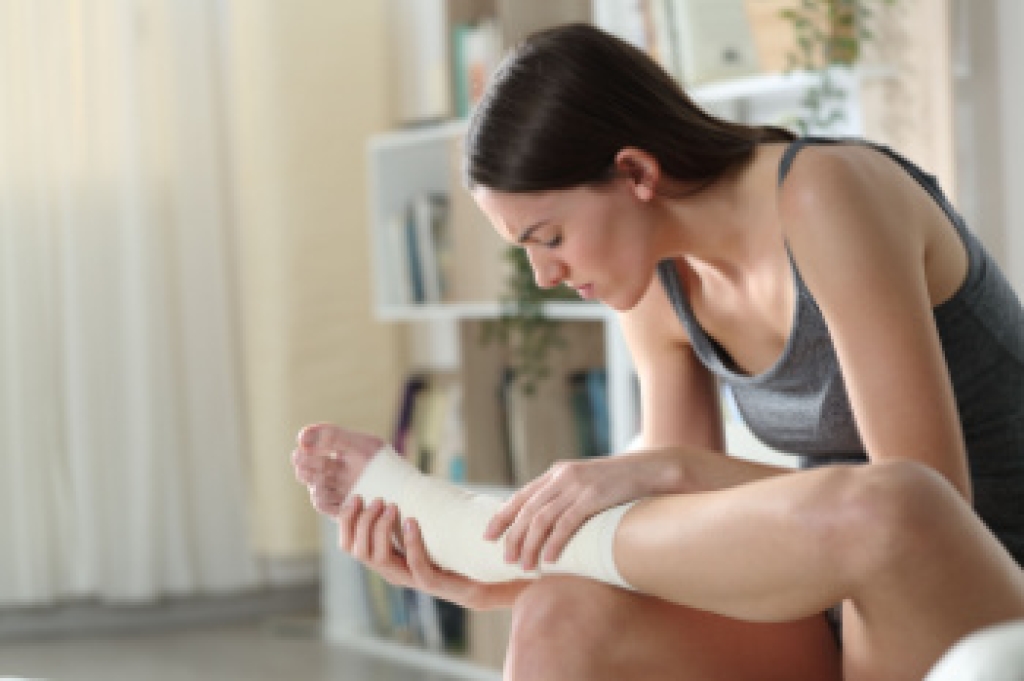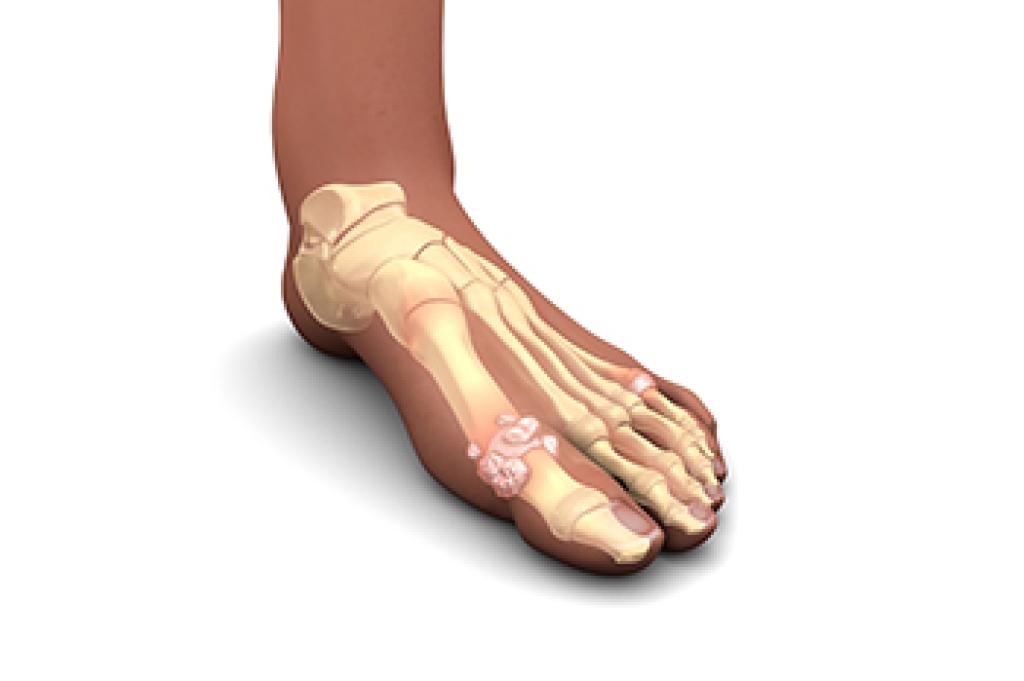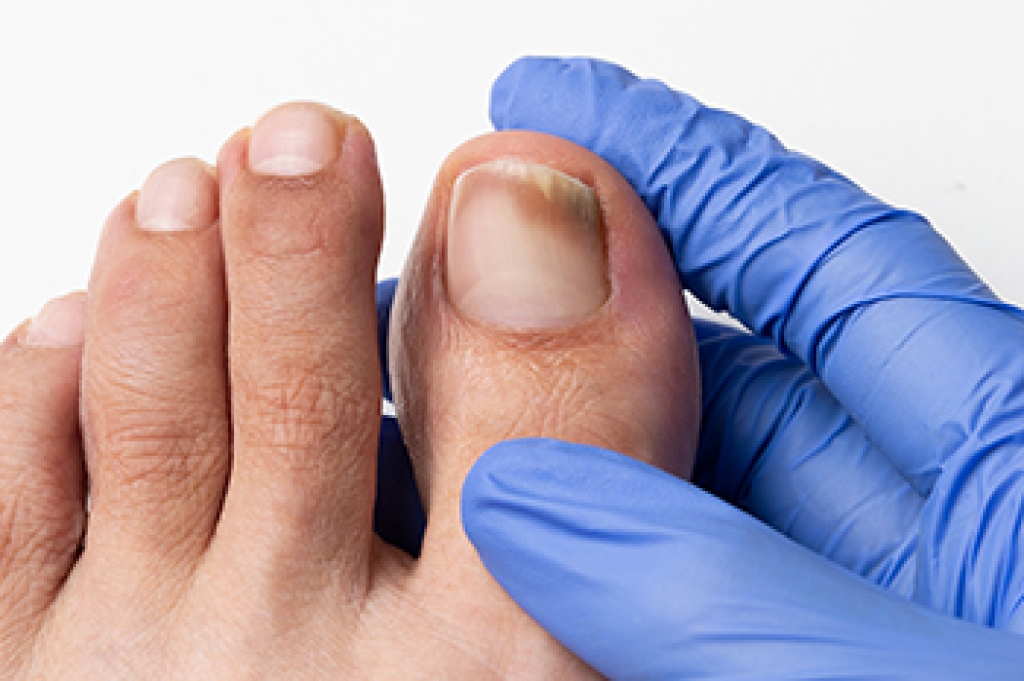
Foot stress fractures are small cracks in the bones of the feet that develop gradually from repeated stress, rather than a sudden injury. Foot stress fractures often occur when people increase their activity level too quickly, as the foot muscles may not provide enough support to protect the bones. Sports like running, tennis, football, and gymnastics are frequent causes, as repeated impact on hard surfaces places strain on the metatarsals, heel bone, or navicular bone. Abnormal foot structure, such as flat feet or high arches, can also contribute by unevenly distributing pressure. Wearing shoes that lack adequate support or relying heavily on flip-flops may further increase the risk. Pain usually begins gradually, worsening with activity and resulting in swelling or tenderness. A podiatrist can identify the source of the pain and provide proper treatment. If you are experiencing symptoms of foot stress fractures, it is suggested that you make an appointment with a podiatrist for an exam and treatment.
Activities where too much pressure is put on the feet can cause stress fractures. To learn more, contact Dr. Yeon A. Shim from Roselle Podiatry Group. Our doctor can provide the care you need to keep your pain free and on your feet.
Dealing with Stress Fractures of the Foot and Ankle
Stress fractures occur in the foot and ankle when muscles in these areas weaken from too much or too little use. The feet and ankles then lose support when walking or running from the impact of the ground. Since there is no protection, the bones receive the full impact of each step. Stress on the feet can cause cracks to form in the bones, thus creating stress fractures.
What Are Stress Fractures?
Stress fractures occur frequently in individuals whose daily activities cause great impact on the feet and ankles. Stress factors are most common among:
- Runners
- People affected with Osteoporosis
- Tennis or basketball players
- Gymnasts
- High impact workouts
Symptoms
Pain from the fractures occur in the area of the fractures and can be constant or intermittent. It will often cause sharp or dull pain with swelling and tenderness. Engaging in any kind of activity which involves high impact will aggravate pain.
If you have any questions please contact our office located in Roselle, NJ . We offer the newest diagnostic and treatment technologies for all your foot and ankle needs.





